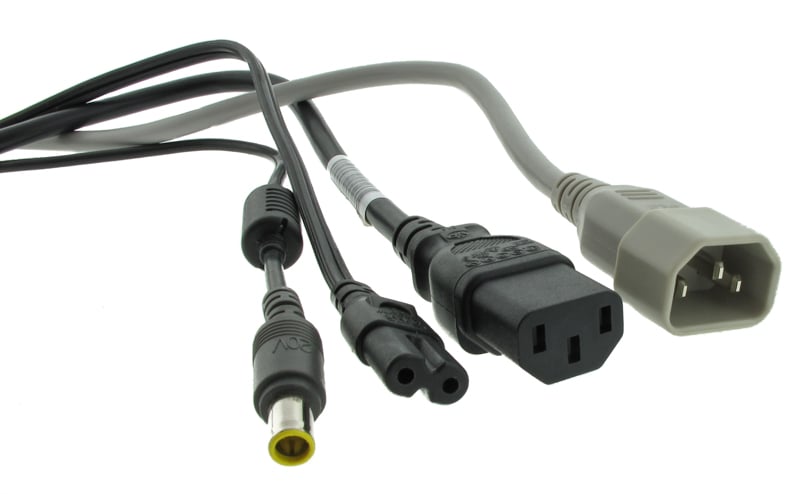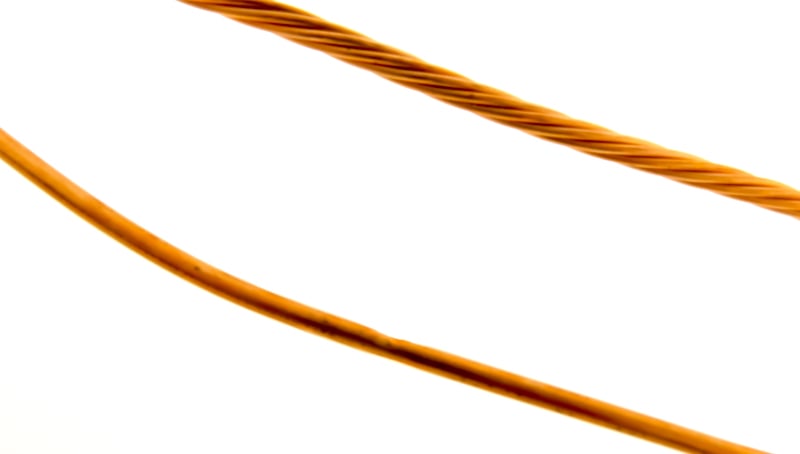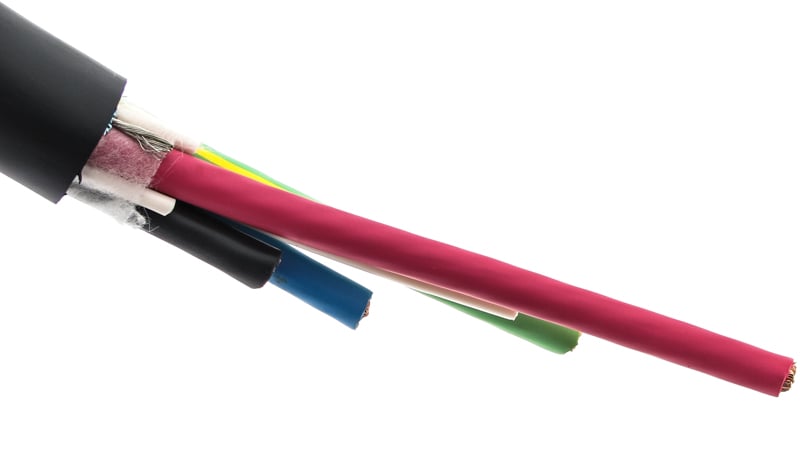When designing a custom cable assembly, it can be more in-depth than you would initially think. All you have to do is make connections, right? What could be intricate about that? If care is not taken during the design process, it could lead to unintentional failures or incorrect functionality down the line.
When looking into the design of the cable assembly, there are a few main things to consider. In this blog post, we will review some of the items that need to be addressed during the design stage.
Cable Assembly Use Cases
Most conductors within a cable assembly are used for either power or data transmission from one board or wire to another. With power transmission, there are typically higher current needs and the choice of conductors and shielding plays a big role in the design. With data transmission, shielding is often the most important consideration. Without a proper shield to block Electromagnetic Interference (EMI), your data may be corrupted or not transmitted correctly. Looking at these two use cases, there are a few specific things to consider.
Voltage and Current of the System
While always true for power cables, there are electrical requirements for data lines as well, just less significant. When choosing what wire to use there are three main points to think about: the voltage and current requirements, the impedance of the wire, and the wire gauge. All these factors will influence the other, so it is important to consider them.

Example of various power cables.
When needing to make a high-power connection, you will need to know the maximum current and voltage requirements to decide on what gauge wire to use. A higher gauge will be needed the more power you will be drawing from the conductor. If your assembly involves a large run of cable, the impedance of the cable could become a factor. This is most common with a data line where loss can occur over a long distance. This could also lead to poor signal quality, network latency, and increased noise in the signal.
Solid Core or Stranded Wire
Another design decision is whether you should incorporate a solid core wire or opt for a stranded wire. A solid core wire will be able to handle a higher power rating but at a cost of being less flexible. It will also allow you to save some costs due to being cheaper than a stranded core wire. Due to its construction, it will also have lower power loss over long runs since there aren’t air gaps between strands and will also hold up in harsher environments.

Example of solid core and stranded wire.
Stranded wire, on the other hand, will allow you more flexibility at the cost of a lower power rating. Stranded wire is typically used for shorter cable runs that are in high-vibration or high-use environments. If a cable is being moved around frequently or connected and disconnected a lot, it is a good idea to stick to a stranded core.
Is Cable Shielding Necessary?
Shielding can arguably be one of the most important aspects of a cable assemblies design. As discussed earlier, with power cables and data lines, EMI can cause problems with your final product. A proper shield will help to reduce the effects of EMI when the cable is under operating conditions. This is especially important when placing data lines near power transmission lines since the electromagnetic field produced by the power line can negatively affect the data line by introducing unwanted noise into the system. There are two main types of cable shielding to help with this: foil shielding and braided wire shielding.

Example of a shielded cable assembly.
A foil shield usually consists of a thin aluminum foil that completely covers the cable assembly under the jacket. This type of shield can often be harder to work with due to how thin the aluminum foil is. This can cause tears in the shield during assembly or from repeated stress during use. To mitigate the risk of tearing during use, you can opt to have the foil spirally wound around the cable to reduce the stress on the foil. It is common to add a drain wire within the cable assembly that grounds the shield to dissipate any electromagnetic waves when connected to your system.
A braided wire shield is typically made of tinned or untinned copper. While this type of shield typically is more expensive than an aluminum foil shield, it provides better noise suppression due to copper having a higher conductivity than aluminum. This comes at a price, however, since aluminum is roughly 30% the weight of copper. It is often bulkier than aluminum foil, but much more resilient to wear and tear.
For cables that are highly susceptible to EMI, it is common practice to wrap the internal conductors in a foil shield to prevent crosstalk and outward electromagnetic waves and then wrap the entire assembly in a braided copper shield to protect from external interference. This will be the most expensive option, but when data transmission is critical, it will provide the most protection.
Outer Jacket Material Options
There are many different materials that can be used for a cable jacket. When choosing what jacket you need for your wire, it is important to consider your flexibility needs, temperature resistance, and overall durability. The most used wire jacket is made from Polyvinyl Chloride (PVC). This material is often chosen because it offers a flexible solution that is flame and oil resistant while still low cost.
If your application needs a higher insulation resistance, Polyethylene (PE) can be a good choice. These typically will allow for a higher temperature rating and have better electrical properties than PVC but are slightly more rigid.

Cable assembly with various jacket colors.
Another common solution is a Polyurethane (PUR) jacket. These will provide good oil and ozone resistance and have a good memory property to them allowing them to return to their shape better than other solutions. If you are unsure about what type of jacket material you need, consider the most important properties for your application, and choose a material that will best suit your needs.
Summary
Overall, making the correct design choices will produce the best results for your custom cable assembly. With the proper conductor gauge and core, proper shielding, and jacket material you can ensure that your design will continue to function for years to come. By partnering with an experienced manufacturing company like Epec, we can aid in the design process using our engineering and production teams.
Key Takeaways
- Electrical requirements drive conductor choice: Voltage, current, impedance, and wire gauge must be considered together to ensure reliable performance, especially for high-power or long cable runs.
- Solid vs. stranded wire impacts durability and flexibility: Solid core handles higher power with lower loss but is less flexible, while stranded wire is better for high-vibration or frequently moved applications.
- Shielding is essential for EMI protection: Foil shielding is lightweight and cost-effective but prone to tearing, while braided copper offers stronger, more durable suppression. Combining both provides maximum protection.
- Outer jacket material selection affects performance: PVC is the most common for its balance of flexibility, flame, and oil resistance; PE offers higher insulation and temperature resistance; PUR adds durability and shape memory.
- Design trade-offs influence cost and reliability: Choosing the right mix of conductor, shielding, and jacket ensures long-term functionality while balancing cost, durability, and performance requirements.

















